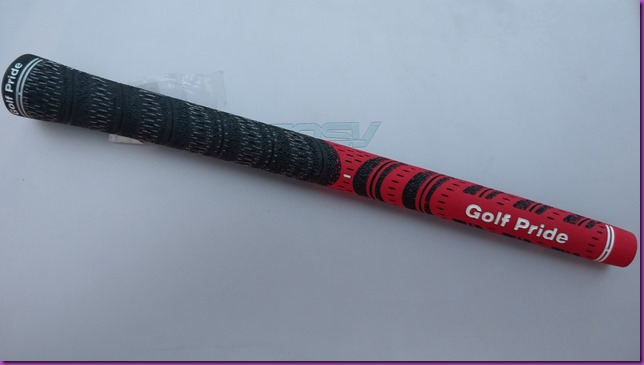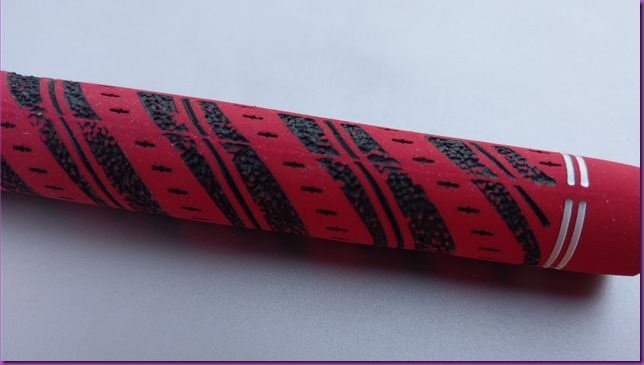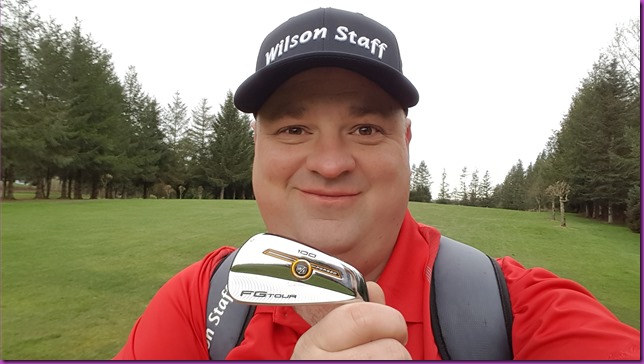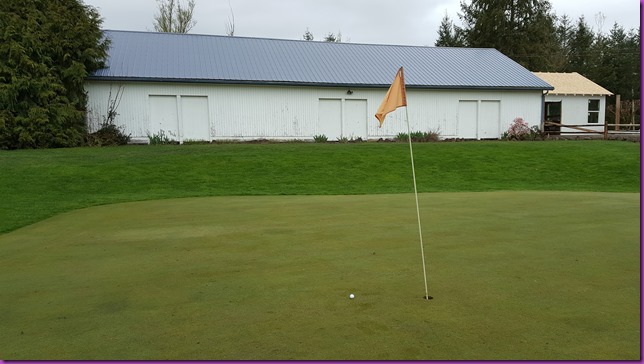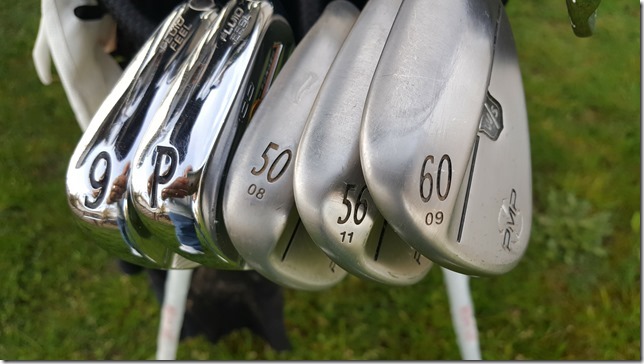Golf Digest recently ran a posting about how far average golfers really hit the ball. The numbers were touted as surprising in the headline, but to me, they were anything but. Just being out on the course on any given weekend, you can see that the ‘distance’ challenges that golf is facing are only coming in the form of scratch players or better. In fact, in the top group, or players with a handicap less than 5, the average driver distance was only 250 yards. Highlighted in even more detail was the fact that many golfers, in fact 85% of those tested – failed to clear much more than 230 yards with their big dogs. So, if I were to take a walk out down the to first tee box of one of my local courses, I will see quite a difference in offerings from the front tees to the back tees. In fact, the way the tee boxes at many courses are set up is very interesting.
I’ll begin by using a very well reviewed local course, Washington National Golf Course in Auburn, Washington for my example. This course measures over 7300 yards from the tips and just over 5100 yards from the most forward tees. This is a 2200 yard difference, or an average of 120 yards a hole. Depending on your average club length, this can make the difference between hitting a 9 iron (about 120 yards) and a 3 wood (240 yards) into a long par 4. The distance difference is even more noticeable on the par 3 holes. The par 3 eighth plays a solid 204 (hybrid/fairway wood) from the backs and 122 (9 iron/8 iron) from the front. Let’s face it, with differences like this, how can you expect to play well from the back tees when you are hitting 3 woods and hybrids into every green? Using the data from the Golf Digest article, here’s where those players should be hitting from. 
If you are a higher handicapper, or someone according to the data that hits the ball around 200 yards off the tee, you really shouldn’t move much off the front tees at Washington National. This will leave you hitting mostly 8 to 9 irons to the par 3’s and on your par 4 approach shots. If you are amped up a bit more than that 200 yard number, maybe around 220-230 off the tee. Moving back to the next set of tees will increase your approach distance between one and two clubs. You’ll be hitting about the same club into the par 3’s as your slower swinging playing partners, which levels out the play quite nicely. As your driver distance climbs near the 250 yard mark, you should consider dropping back to the next set of tees. This will leave you a 6 or 7 iron into many of the longer par 4 holes, but leave the par 3’s at that 8 to 9 iron range again. This should be where most amateur golfers end this discussion, and honestly, where most courses stop the process of tee placement. The three layouts above feature a rating of 65.2 (front), 68.4 (middle) and 71.1 (back) – or simply put, an even par round from the 6400 yard layout for a scratch golfer.
Selecting the correct tees for your game is probably just as important as selecting the right equipment or even getting a quality lesson. If you are a great golfer who just doesn’t have the distance to trek around a 7,000+ yard layout, you shouldn’t penalize yourself for it. Sure the argument could be made that you can’t be a great golfer if you can’t hit for distance, but I will disagree with that all day long. There have been many ‘greats’ that were shorter hitters. They thrived off target courses. In fact, in 1980, there were 32 PGA Tour professionals that averaged less than 250 yards off the tee. In fact, it wasn’t until the 2011 season that things really started changing – and they changed big time. From 1980 to 1990, the average increased 10 yards. This was mainly due to the emergence of the metal wood. From 1990 to 2000, there was another 10 yard gain. During this time, club heads became larger and more forgiving. Graphite and composite shafts were taking the stage as better alternatives to heavier steel shafts. Still, overall, from 1980 to 2000, most players gained a club or two into the green (or one tee box change). In 2011, the data exploded. The normal distance shifted from 270-280 yards and moved much closer to the 290-300 mark. 
This is when courses decided that these 7500 yard layouts were the better play for ‘longer’ hitters. Instead of reacting with tighter fairways and moving bunkers into the new landing areas, it was easier to move the tee boxes back and lengthen the course. Sure, it was an easy fix, but designing a course that penalized long hitters would have been much more exciting to watch, and much more playable for those not on tour. Of course, the trend is already there, but that doesn’t mean that the average golfer needs to fall in line and start moving back to the tips. If you know the course you are going to play really well, you know what tee box you should be playing out of. If you aren’t sure, try this little exercise – multiply the slope of the course times two and see which tee box is closest to the number you drive the ball. For Washington National, it comes up to the following – Front – 226, Middle – 238, Back – 272… From there you go to the black tees – 278 or the championship tees – 286. Based on this easy way of figuring, most amateurs should be playing the front or middle tees and having those comfy 8 and 9 irons into the par 3’s and par 4 approaches. It even brings the par 5’s into possible eagle range with two fantastic shots.
Which tees you play is ultimately up to you, but don’t make your game suffer due to the fact that you want to keep up with kids that are hitting 30-40 yards further than you are. Choose the tee boxes that let you enjoy the game the most, whether that means selecting tees that challenge your distance or moving up to a location that will challenge you to dial in your approach irons a bit more, it’s all about enjoying your time on the course. It’s not like you are getting paid to play from the tips, in fact, if you play from the wrong tees, you’re actually just paying to have a miserable time and a poor score.
** RECOMMENDED PRODUCT – One thing I would highly recommend if you are unsure of your actual on course distances is the GolfPad GPS tracking system. It’s a free App for Android and iOS devices, but with the GolfPad Tags installed on your clubs, you can track data and get actual distances for your clubs. The $100 price tag is well worth it and the data that you get from the setup will help take your game to levels you can’t even imagine. If the tag system isn’t for you, a range finder is also a great alternative – by picking out a target from the tee and measuring, then doing it again once you get to your shot, you can put together a distance chart as well. It’s not quite as cheap, easy or accurate as the GolfPad GPS tracking system, but it does work.


